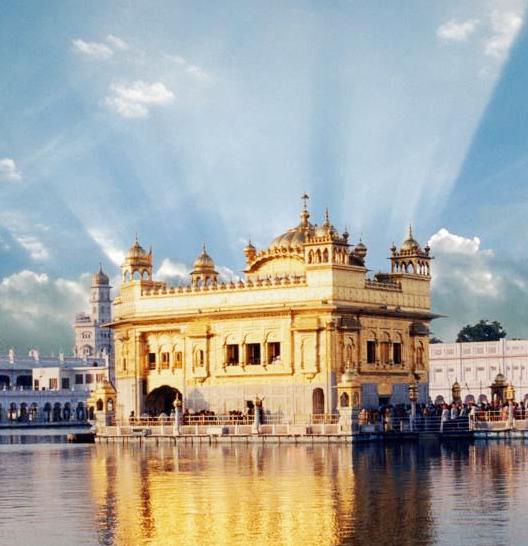
The mention in one of the Babalvani hymns of the use of guns by the Mughals against the Afghan defence relying mainly upon their war - elephants may well be a reference to the historic battle of Panipat which sealed the fate of the Afghan king, Ibrahim Lodhi.īabar's son Humayun is creditied with using the first 'firing squad' to dispatch the soldiers of the losing side. for nearly four hours, the city of Lahore remained subject to death and fury" (Sri Guru Granth Sahib, Ang 1412).

In six pithy words this line conveys, "For a pahar and a quarter, i.e. A little of his, outside of Babarwani hymns, indicates that he may have been present in Lahore when the city was given up to plunder. The Janam Sakhis mention that Guru Nanak himself was taken captive at Saidpur. Guru Nanak was an eye-witness to the havoc created during these invasions. His final invasion was launched during the winter of 1525-26 and he became master of Delhi after his Victory at Panipat on 21 April 1526. During his next invasion in 1524, Babar ransacked Lahore. The town was taken by assault, the garrison was put to the sword and the inhabitants carried into captivity. The following year he crossed the Indus and, conquering Sialkot without resistance, marched on Saidpur (now Eminabad, 15 km southeast of Gujranwala in Pakistan) which suffered the worst fury of the invading host. In his first invasion, Babar came as far as Peshawar. Three of these hymns are in Asa measure at Ang's 360 and 417-18 of the standard recension of Guru Granth Sahib and the fourth is in Tilang measure on Ang's 722-23. The name is derived from the use of the term in one of these hymns "Babarvani phiri gal kuiru na rot khai - Babar's command or sway has spread even the princes go without food" (Sri Guru Granth Sahib, Ang 417). Babarvaniīabarvani (Babar's command or sway) is how the four hymns by Guru Nanak alluding to the invasions by Babar (1483-1530), are collectively known in Sikh literature. Guru Nanak in his famous epic, "Babarvani" describes the atrocities of Babar and his men in Punjab. These 12,000 men, a tiny army with which to attempt the conquest of Ibrahim Lodhi's realm, first devasted Punjab the traditional gateway to India. But, attempts on his throne in his home country compelled Babar to return delaying his final invasion until November 1525.īabar's army of 12,000 men was a mostly undisciplined group of men whose reason for serving Babar was to get a chance to loot the riches of India. He entered the Punjab in 1523 on the invitation of Daulat Khan Lodhi, the governor of the province, and 'Alam Khan, an uncle of Ibrahim Lodhi, the Delhi Sultan who were seeking help in checking the growing strenth of Khan Lodhi. In 1517 and again in 1519, he swept down the Afghan plateau into the plains of India. In 1504, he made himself master of Kabul and so came in touch with India whose reported wealth was a standing temptation. He joined in the family struggle for power, thrice winning and thrice losing Samarkand, taking turns being master of a kingdom or a wanderer through the hills.

With this rag-tag force of helmeted, mailclad warriors, Babar began his career of conquest. In June 1494, he succeeded his father, 'Umar Shaik, as ruler of Farghana, whose revenues supported no more than a few hundred risaldari (cavalry).

He was a diarist and poet of the fifth generation from Timur. He was a direct descendant of Timur through his father, and a descendant also of Genghis Khan through his mother. Zahir-ud-Dīn Muhammad, more commonly known as Babur ( – ) was a Muslim Emperor from Central Asia who founded the mughal dynasty of India.


 0 kommentar(er)
0 kommentar(er)
